The series “Central Vietnam – Cultural Colors in the New Rhythm of Life” will take readers on a journey from the countryside to the city, discovering how heritage is revived, creative spaces flourish, and breakthrough opportunities from the cultural industry.
This is not only a story of conservation, but also a story of the fusion of tradition and creativity, so that the Central region can both preserve its soul and reach out to the world .
Tourists experience dragon boat cruise on Huong River, enjoy Hue folk songs in the poetic space of the ancient capital.
"Lifeblood" in danger of fading away
Amidst the bustling modern life in the Central region, there are still craft villages, songs, festivals... that persistently exist as a source of nurturing identity.
But many heritages are on the brink of oblivion. Without the preservation and creative breath of the community, businesses and government, they may only remain in memory.
The Central region – a narrow strip of land bordering the mountains and the sea – is home to many unique cultural values. From the bustling singing of traditional opera in the old Quang Nam fishing village, the rhythm of pounding rice in the new rice festival in the Central Highlands, to the sound of oars cutting through the waves in the boat racing festival in Quang Ngai… all are treasures of precious intangible heritage. However, many values are being eroded by time and urbanized lifestyles.
In Da Nang, the Non Nuoc stone craft village used to have hundreds of households producing stone, but now the number of artisans who have dedicated their lives to the craft can be counted on the fingers of one hand. In Hue, Hue folk songs on the Perfume River – a UNESCO-recognized heritage – are also struggling to find audiences in the era of digital entertainment.
The reason is not only because of changing tastes, but also because the younger generation is less interested in inheriting. “Nowadays, everything can be bought with just a few clicks, who still has the patience to sit and learn a craft for decades like in the past?”, the NVH artisan in Non Nuoc pondered.
The boat racing festival recreates coastal culture, attracting a large number of locals and tourists.
However, not all stories are sad. Many heritage revival models have proven that if tradition and new needs are harmoniously combined, heritage can not only survive but also provide livelihoods.
In Da Nang, Non Nuoc artisans have collaborated with young designers to create modern decorative products from fine art stone, serving tourists and for export. Hoi An has brought hát bội into the ancient town space, combined with bilingual commentary, helping international visitors understand and enjoy.
In Quang Ngai, the traditional boat racing festival was re-organized on a larger scale, with culinary activities and sea tourism experiences, attracting thousands of visitors.
These models all have something in common: they place heritage in the “lifeblood” of the current community. Art is not only performed for audiences, but also creates jobs and restores pride in the people themselves.
When heritage becomes soft power
Heritage cannot be revived if only relying on one side. Tourism businesses need to proactively connect with artisans to create attractive cultural tourism products. Local communities must be the subjects of preservation, instead of just standing on the sidelines to benefit.
Hue royal cuisine is delicately prepared and presented, serving visitors as part of their journey to discover the culture of the ancient capital.
A successful example is the “Cam Thanh Community Tourism” project (Hoi An), which combines rowing basket boats with storytelling about fishing, the water coconut village, and singing. This model creates jobs for hundreds of households, while helping tourists “buy” cultural experiences, not just material products.
In Hue, some travel companies have also cooperated with Hue folk artists to create a “One Night on the Perfume River” experience tour, combining tea parties, royal cuisine and music. Thanks to this, Hue folk songs are not only performed on traditional dragon boats, but also become part of the journey to explore the ancient capital.
The Hue singing program on the Perfume River is elaborately staged by tourism businesses and artists, both preserving heritage and creating unique tourism products for the ancient capital.
The above stories show that heritage conservation is not "confined" in a museum, but must be placed in life, to adapt and develop itself.
Local authorities in the Central region have issued many policies to support artisans, invest in infrastructure for craft villages, and encourage the organization of large-scale festivals.
However, the challenge remains: how to preserve it without over-commercializing it, causing the heritage to lose its soul? How to make the young generation truly attached to it, consider the heritage as a part of themselves, not just a “commodity” to serve customers?
The answer may lie in building shared values: to make people proud of their heritage, and to make visitors feel the difference that only that place has.
Tourists are engrossed in enjoying the lyrical Hue songs, amidst the poetic space of the Perfume River at night.
Cultural heritage is part of the soft power of the Central region, not only to attract tourists but also to contribute to positioning the brand of the land. A craft village, a song, a festival… can become a symbol if cared for, told the right story and spread properly.
In the era of integration, preserving and reviving heritage is not about resisting change, but learning to “go with” the times. When people, artisans, businesses and the government join hands, the cultural values of the Central region will not only “survive”, but also shine in the city and reach out to the world.
Source: https://baovanhoa.vn/van-hoa/bai-1-hoi-sinh-di-san-cau-chuyen-tu-lang-que-toi-pho-thi-159964.html






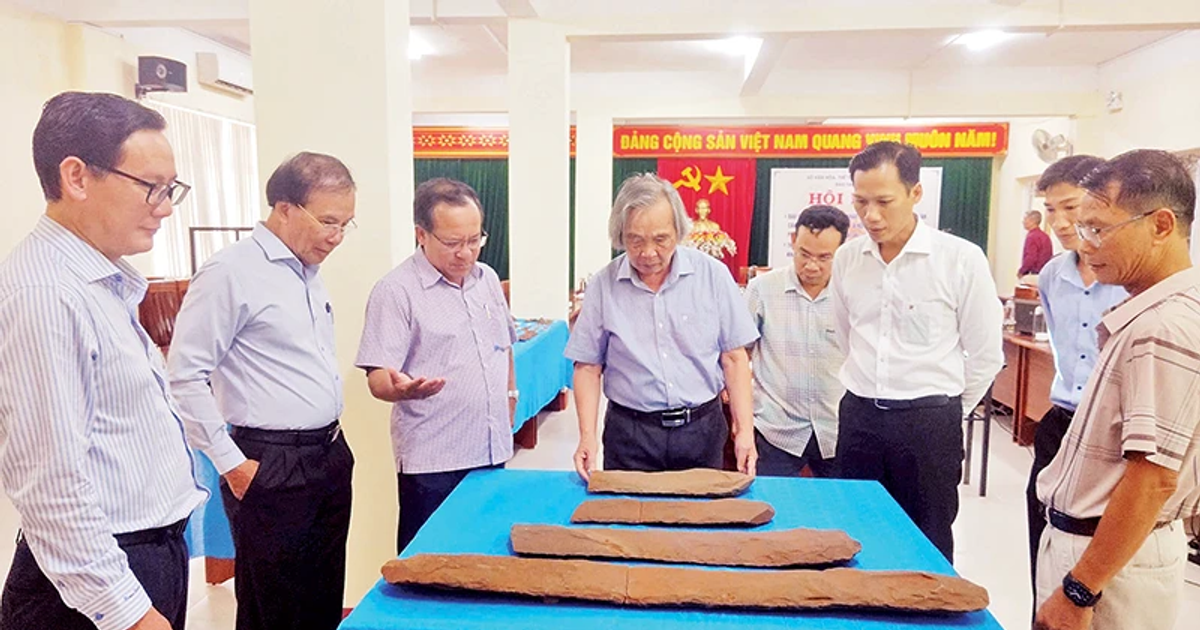
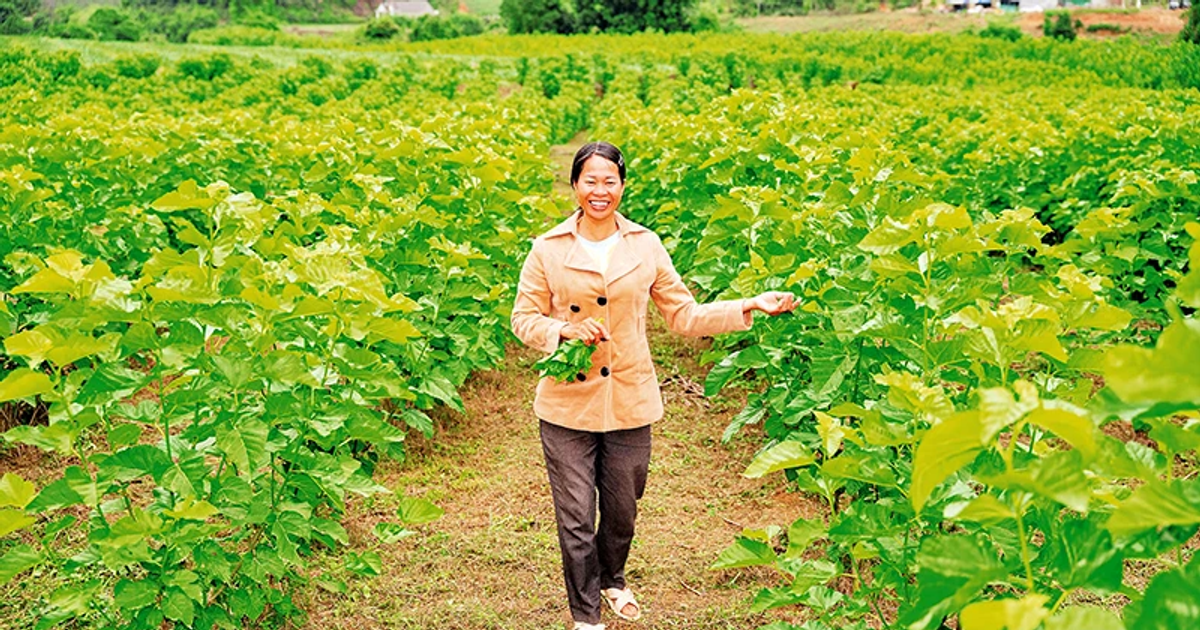

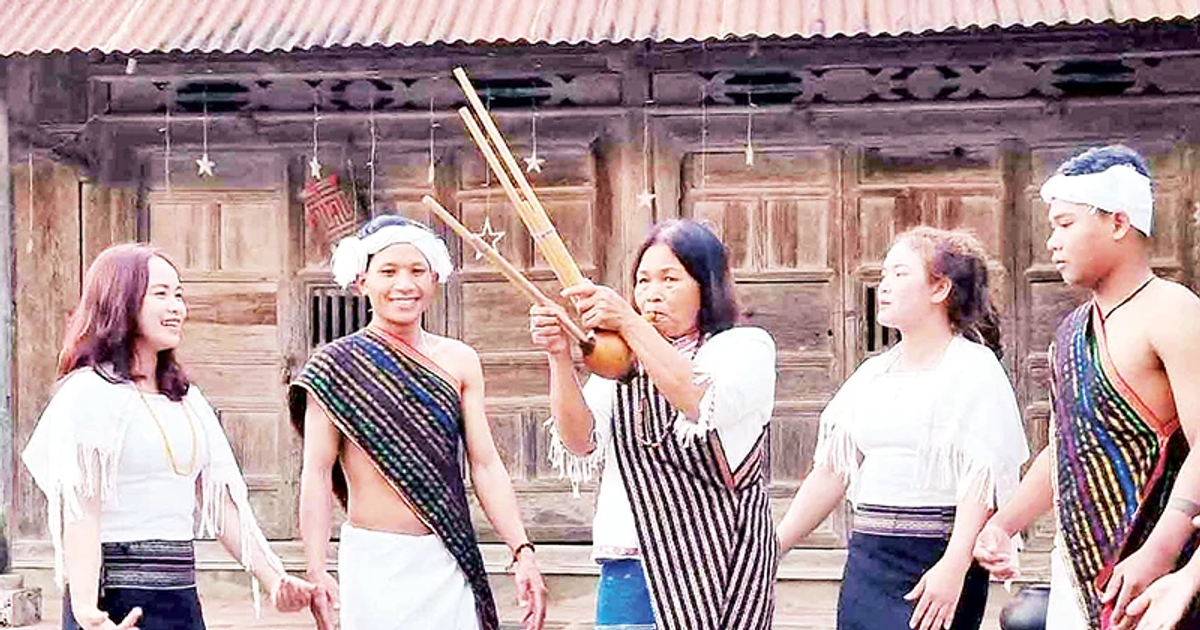


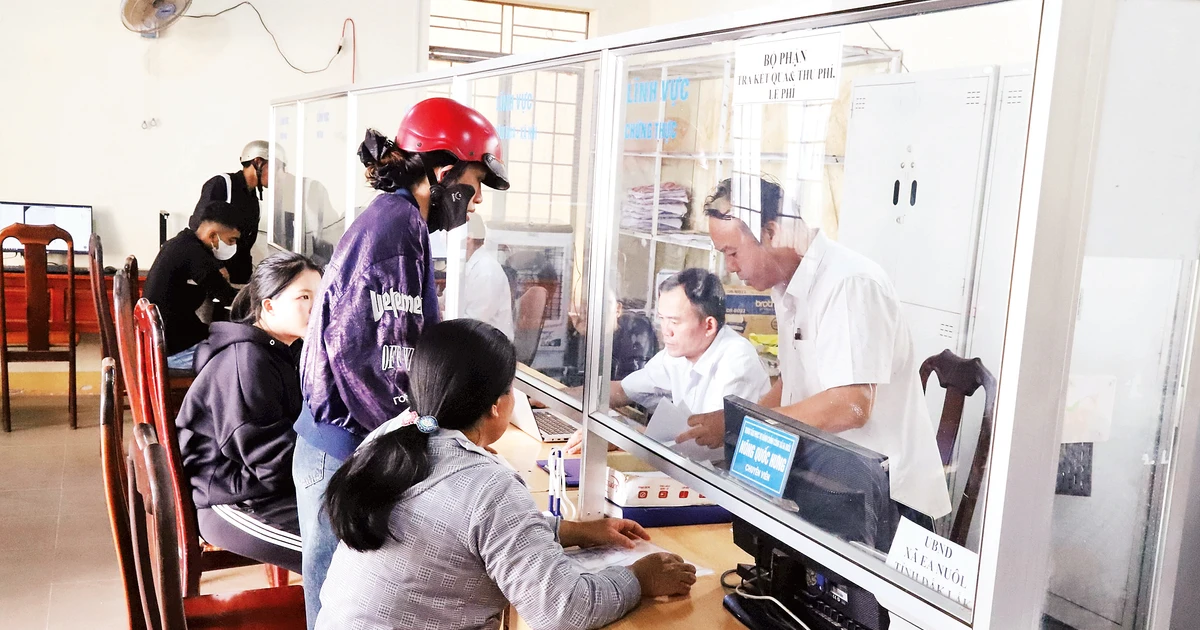
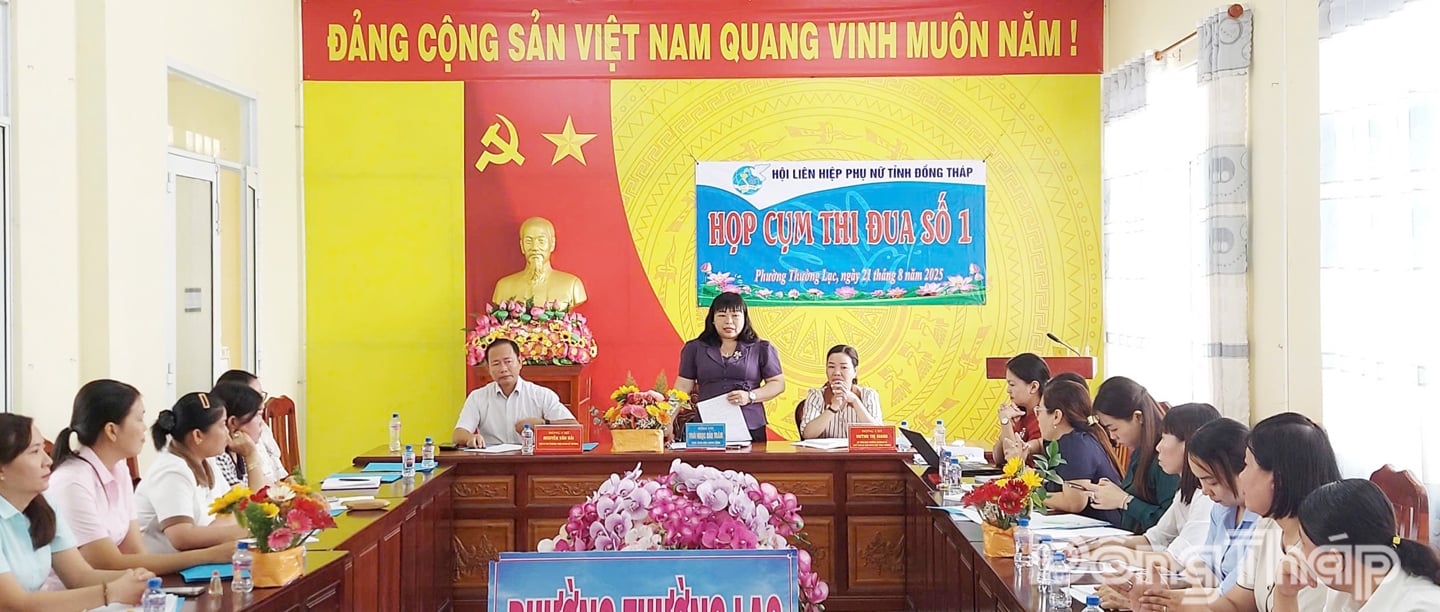
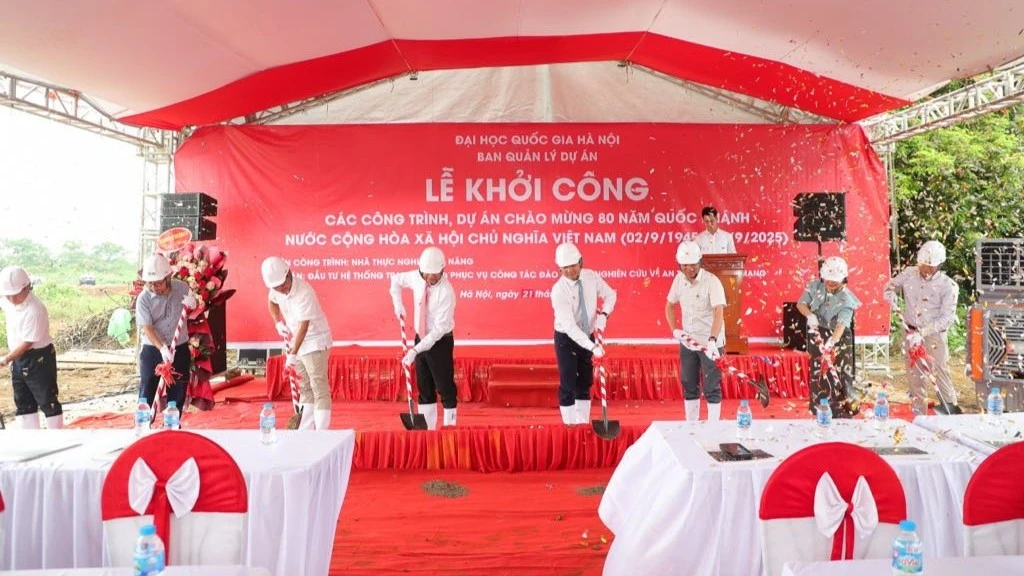











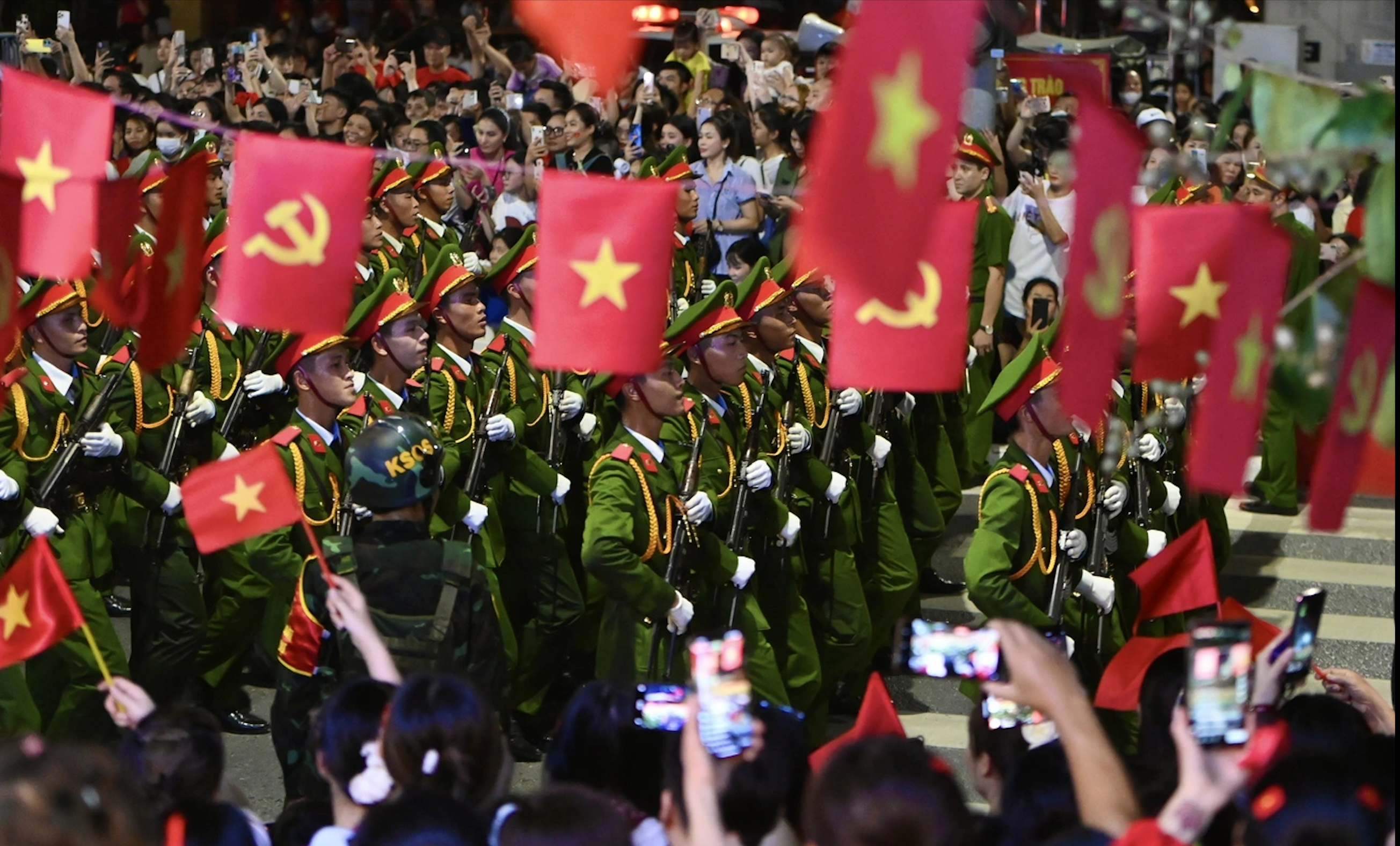


![[Photo] An Phu intersection project connecting Ho Chi Minh City-Long Thanh-Dau Giay expressway behind schedule](https://vstatic.vietnam.vn/vietnam/resource/IMAGE/2025/8/21/1ad80e9dd8944150bb72e6c49ecc7e08)




































![[Photo] Politburo works with the Standing Committee of Hanoi Party Committee and Ho Chi Minh City Party Committee](https://vstatic.vietnam.vn/vietnam/resource/IMAGE/2025/8/21/4f3460337a6045e7847d50d38704355d)
































Comment (0)